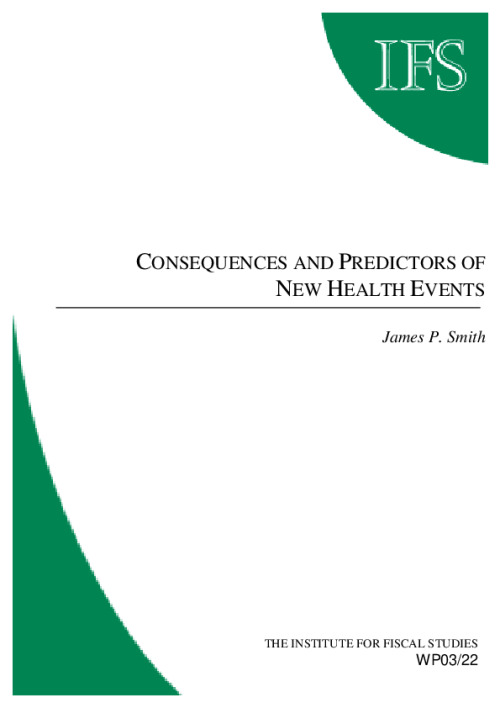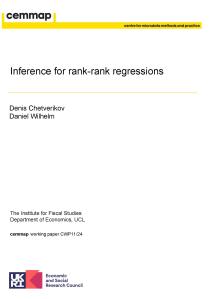There is renewed interest in why people of lower socio-economic status (SES) have worse health outcomes. No matter which measures of SES are used (income, wealth, or education), the evidence that this association is large is abundant (Marmot (1999), Smith (1999)). The relation between SES and health appears also to be pervasive over time and across countries at quite different levels of economic development (Kitagawa and Hauser (1973), Townsend et al. (1988)). Considerable debate remains about why the relation arises and what the principal directions of causation might be ((Smith (1999), Adams et al. (2003), Deaton (2003)). However, many analytical difficulties exist when one tries to understand its meaning. These difficulties include the complex dimensionality of health status that produces considerable heterogeneity in health outcomes, the two-way interaction between health and economic status, and the separation of anticipated from unanticipated health or economic shocks.








